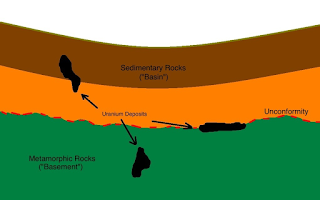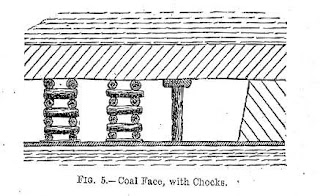Common Minerals
Common Minerals
About 107 elements are detected in laboratories, of which but only eight are found in abundance in the composition of the outer surface of the earth. These elements make up 98% of the Earth's visible crust. These are given (in order of frequency).
- Oxygen - 47%
- Calcium 3.5%
- Talc - 28%
- Sodium 2.5%
- Aluminum - 8%
- Pvtasym 2.5%
- Iron - 5%
- magnesium 2.0%
- Total 98.5%
Combinations of, these eight common minerals together produce the most rock-forming minerals that make up the majority of rocks. The most common ores are feldspar, quartz, mica, amphibole, pyroxene and olivine.
The other 96 elements are relatively rare, making up only 1.5 percent of the Earth's crust. For example, copper - 0.0045%, lead - 0.00015%, gold - 0.0000007%.
Approximately 2,000 mineral specimens are listed, but real economic targets of mining activities are 100 minerals, including native minerals, hydrocarbon ores, and a number of economic rocks, used as house construction material.
Some of the above minerals are main rock-forming minerals, while others are accessory minerals and secondary minerals.
- Essential minerals: These make up the majority of rocks and are always silicates with the exception of quartz and carbonites.
- accessory minerals: These are present only in small amounts in rocks.
- Secondary minerals: These are derivatives of other minerals.
Classification of economic minerals:
- Metallic minerals: Minerals that yield metals.
- Precious metals: gold, silver, platinum.
- Base metals: copper, lead, copper, tin.
- Metals of steel industries: iron, nickel, chromium, manganese, cobalt, molybdenum, tungsten, vanadium, thallium, etc.
- Light metals: aluminium, magnesium, titanium, etc.
- Metals of electrical industries: Codium, bismuth, germanium, mercury, selenium.
- Radioactive metals: uranium, radium, caesium, zirconium, thorium, beryllium, زمین rare earth elements, etc.
Non-metallic minerals:
- Insulating materials: Mica, Asbestos, Solimanite.
- Refractory materials: silica, alumina, zircon, graphite etc.
- Abrasive materials: corundum, emery.
- Gems: garnet, diamond, topaz, emerald, sapphire, etc.
- General industrial minerals: phosphate rock, limestone, rock-salt, baryte, borates, feldpars, magnesite, gypsum, potash, clays, sulphur.
Fuel mineral :
- solid fuel: Anthracite, Coal, Lignite, oil shale.
- Liquid fuel: oil, natural gas.
 |
| Minerals |
key words
common rock-forming minerals, common mineral in the earth's crust, classification of minerals, most common minerals, most rock-forming elements









Comments
Post a Comment